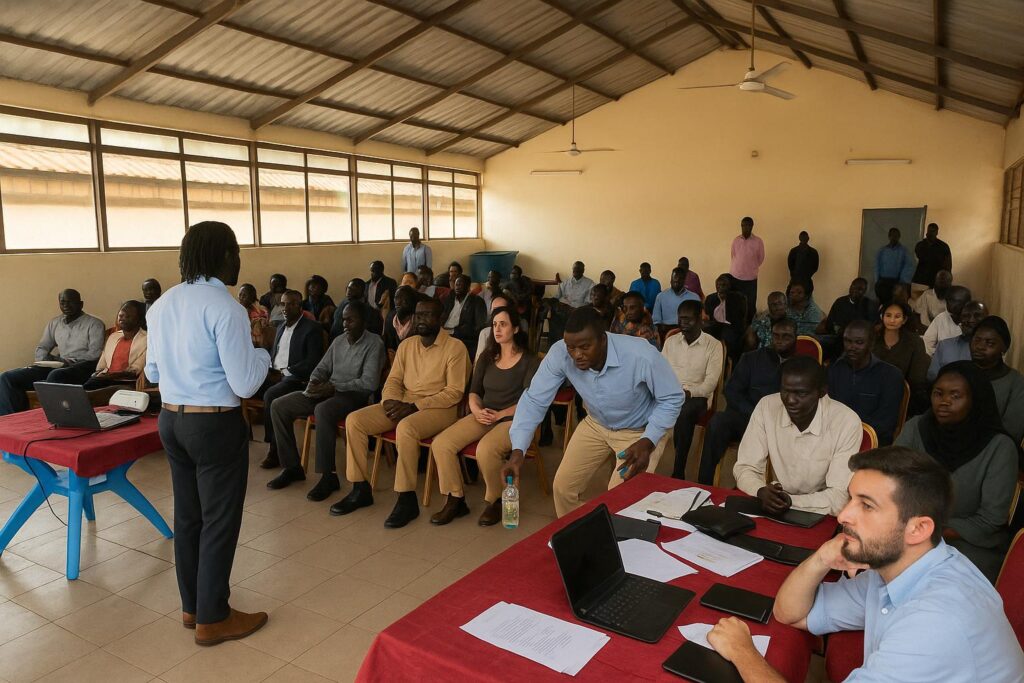Roadmap for Durable Solutions
Unity State Governor Riek Bim Top has presented the Durable Solutions Roadmap, a long-term plan aiming to resettle about 474,071 people who have endured lengthy displacement caused by successive conflict and flooding.
Unveiled during a ceremony on Tuesday, the initiative is framed as a pivot from emergency relief to sustainable recovery, positioning Unity State as a test case for regional peace-building strategies (Eye Radio, 2025).
Land Allocation and Services
Land allocation stands at the roadmap’s core. Authorities intend to secure plots where displaced families can rebuild homes, grow food and start businesses, reducing dependence on temporary shelters and food assistance.
Planned infrastructure upgrades—roads, water points, health posts and classrooms—aim to make each new settlement viable, ensuring relocation brings lasting opportunity rather than another phase of hardship.
Stakeholder Coordination
A post-launch workshop gathered local officials, UN agencies and NGOs to align timelines, budgets and technical expertise for the plan’s rollout.
Governor Riek urged cohesive action, warning that “durable solutions must not remain on paper; they must be realized on the ground to restore hope and dignity.”
Hope for Long-Term Stability
Observers describe the roadmap as a watershed for Unity State’s humanitarian landscape, complementing broader national reconciliation efforts.
If successful, more than 470,000 South Sudanese could transition from crowded camps to permanent homes, opening space for social cohesion and economic renewal.
Next Steps and Timeline
Immediate tasks include surveying land parcels and mobilising construction materials, with progress reviews scheduled alongside humanitarian partners.
For families who have known only limbo, the roadmap signals a cautious but genuine turning point toward stability within their own state.


